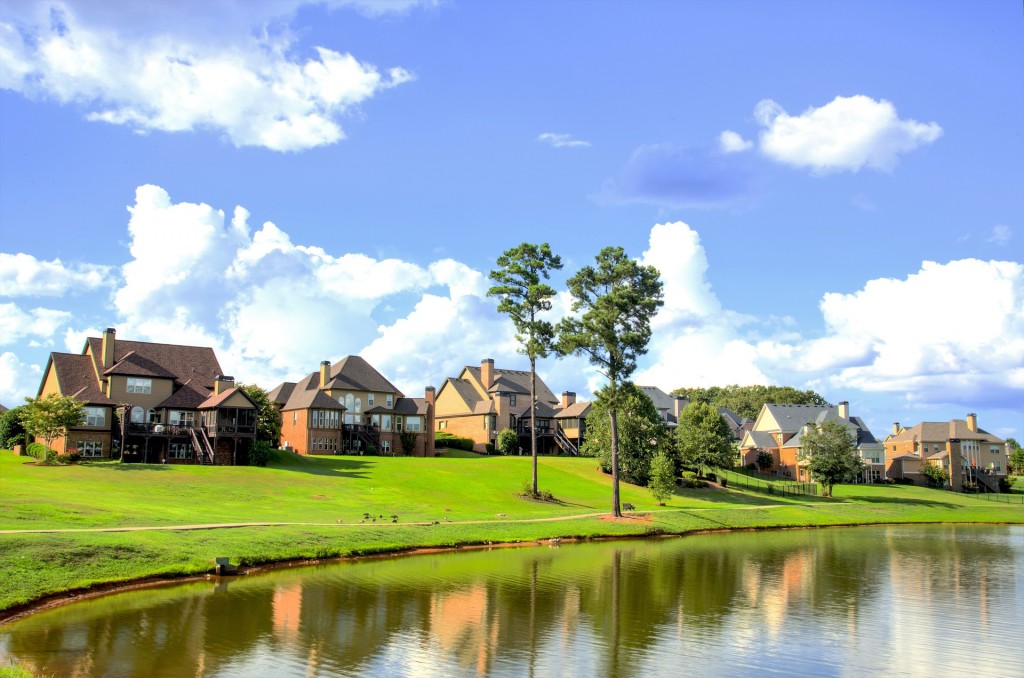In the Port Charlotte area – and across most of Florida – homeowners associations (HOAs) are very common in most neighborhoods. These types of covenants are put in place to maintain property values and protect owners, but each association has unique rules, regulations and needs. Homeowners associations cover many of the risks of property management and ownership for their residents as a group, but the specific responsibilities vary from community to community. Homeowner’s association insurance can help to protect a community in many ways.
Homeowner and Condo Associations
All individual unit owners form the membership body of condo or homeowners association. Each individual resident owns a unit and has a shared financial responsibility for the community maintenance and upkeep of common areas.
A homeowner’s association is often responsible for community pools, fitness centers, medians on roadways, any parks and playgrounds, and any other feature jointly used by the residents. The association also typically sets out deed restrictions which outline the rules of living in the community, which can include number of pets allowed, the color you can paint your home, and parking rules. A condo association may also provide insurance coverage for the exterior of the building. In both types of association, the covenant outlines exactly which party – the association or the private owner – is responsible for what item. There is a monthly, quarterly or annual fee for living in the community, which is applied to the responsibilities of the association.
If you own a community with a homeowner’s association or are responsible for the association in your neighborhood, it is necessary to understand the role of the HOA and what type of homeowners association insurance coverage you will be required to obtain.
Homeowner’s Association Insurance
A homeowner’s association writes and enforces the rules that the property owners in the community must follow. Aside from enforcing rules, the HOA also is responsible for maintaining the community and handling community finances
The rules of the HOA also establishes the insurance requirements for the homeowner’s association, which includes requirements for coverage, types of coverage, coverage limits, and the acceptable deductibles. The HOA insurance covers the shared risks of all unit owners. All of the buildings and the common spaces in the neighborhood are covered under a master insurance policy.
Residents will typically be required to carry personal insurance for those areas of the their individual property which are not covered by the community’s master policy. For instance, a condo association may cover the roof of the condo building, but require each resident to carry contents insurance for their individual units.
The master policy typically covers:
- Shared property and areas such as sidewalks, parking lots, garages, elevators, roofs, swimming pools, fitness centers, and hallways/lobbies.
- Building coverage to include bare walls coverage (roofs, walls, floors, and elevators of condominium buildings); single entity coverage (standard elements of a building); or all-in coverage (fixtures, additions, installations, and improvements inside the units).
- General liability to cover incidents that may occur, such as personal injuries and property damage.
- Directors and officers liability to protect members of the association board against legal claims alleging negligence in carrying out their duties.
In South Florida, our community frameworks are varied and diverse. There are many types of communities, each with their own HOA rules and guidelines. If you are responsible for the management of your neighborhood, homeowner’s association insurance is a necessity, and making sure it is sufficient and appropriate for your specific community is paramount. Call Tyler Ezzi at Ezzi Insurance Advisors to discuss the best coverage for your community today.

